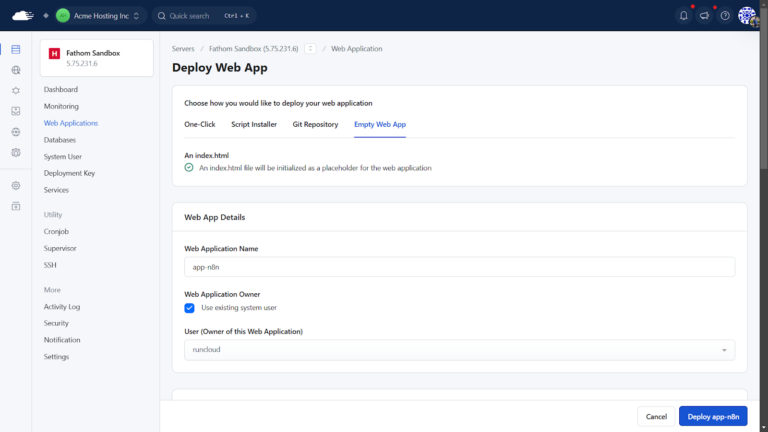
-
Clear Calls-to-Action
When businesses create their main website page, they are often consumed by the sales aspect of it. Of course, a good sales page will attract your customers and convince them enough to want to buy the product, but what do they do next? Including a clear and distinct call-to-action will help convert your visitors into leads. A good CTA will help you guide your customers to actually purchase your product or service, rather than just browse through your website and click out of it.
-
SSL Certification
Adding another layer of security to your website can go a long way in protecting your business. SSL or Secure Sockets Layer is needed to encrypt sensitive information. This encryption creates a secure connection between the customer and your site. Adding SSL to your website is absolutely essential if you engage in e-commerce. Moreover, Google has lately been ranking SSL sites higher than non-secure sites, which means that this added layer of security will not only provide a good user experience but can also be advantageous for SEO purposes.
-
Contact information
As customers ourselves, there may have been many occasions when we clicked on a site because we were attracted to it, but soon realized that something was amiss. No matter how catchy or trendy your website is, you need to add credibility to your business. These days, customers are very cautious about the websites they purchase from. They are only satisfied if all the information they need is provided to them in a clear and transparent manner. One of the best ways to improve visitor confidence is to add relevant contact information to your website. This can include a contact email, phone number, as well as an address.
-
Responsive Mobile Design
As of today, people use their mobile phones for a wide variety of functions. Internet access over mobile has also become very prevalent. For this reason, it is very important for website owners to create pages that have a responsive design suitable for mobile users. Key points to consider would be to create an HTML template, a small screen size to access all information easily and avoid sideways scrolling.
-
Good loading time
Improving user experience should always be one of the main goals for every business. When a webpage takes too long to load, it can deter potential customers from wanting to know more about the business. Moreover, a slow website can also affect your SEO efforts, as Google would opt to rank faster-loading competitors’ websites ahead of yours. Uploading extra-large photos or having too many photos on one page are some of the main factors that cause lags in websites. Use any online speed test to know the loading speed of your website and optimize it for the best results.
-
Testimonials
Customers are familiar with seeing websites sell themselves and say good things about their products and services. But, these customers value others’ opinions much more. Reach out to satisfied customers and get them to write positive testimonials about your services. Be sure to highlight unique qualities that set you apart from your competitors and showcase them proudly on your website.
-
XML website sitemaps
A useful sitemap structure will not only help customers navigate through your website with ease, but also provides excellent SEO results. An efficient XML sitemap will help improve the pace of search engine indexing, while also helping search engine spiders pick priority content.
You can easily install an XML sitemap using a free online sitemap generator or even opt for a WordPress plugin.
-
Google Analytics Tracking
Many websites today are incorporating an online analytics and tracking service for their business operations. You can find out a lot more information about your visitors, for instance, where they come from, and use this information to understand your target audience better. You simply need to create a Google Analytics account and then follow the instructions displayed on the screen to analyze your traffic and get valuable data. Google Analytics also gives you the option of setting up a dashboard where all your important information will be displayed, making it easier for you to track your business.
-
Watch out for broken links
When you first create a website, it is natural to go back in and tweak a few designs, SEO, or performance elements. In the process, it is quite common to break an internal link page, leaving a bad user experience for your visitors. Every once in a while, be sure to check all your links to ensure that they take the customer where intended. Also, be sure to have all external links open in a new tab or window to prevent customers from leaving your site before they even decide to.
-
Thank You page
Once you’ve gained the customer’s interest, and they have taken the initiative to purchase your product or service – your responsibilities don’t end there. It is important to leave a lasting impression on your customer long after they log off your website. A Thank You landing page can be created, which will appear once the visitor has been converted after they have taken any action on your website. A well-crafted Thank You page can encourage customers to engage with you in the future as well.






